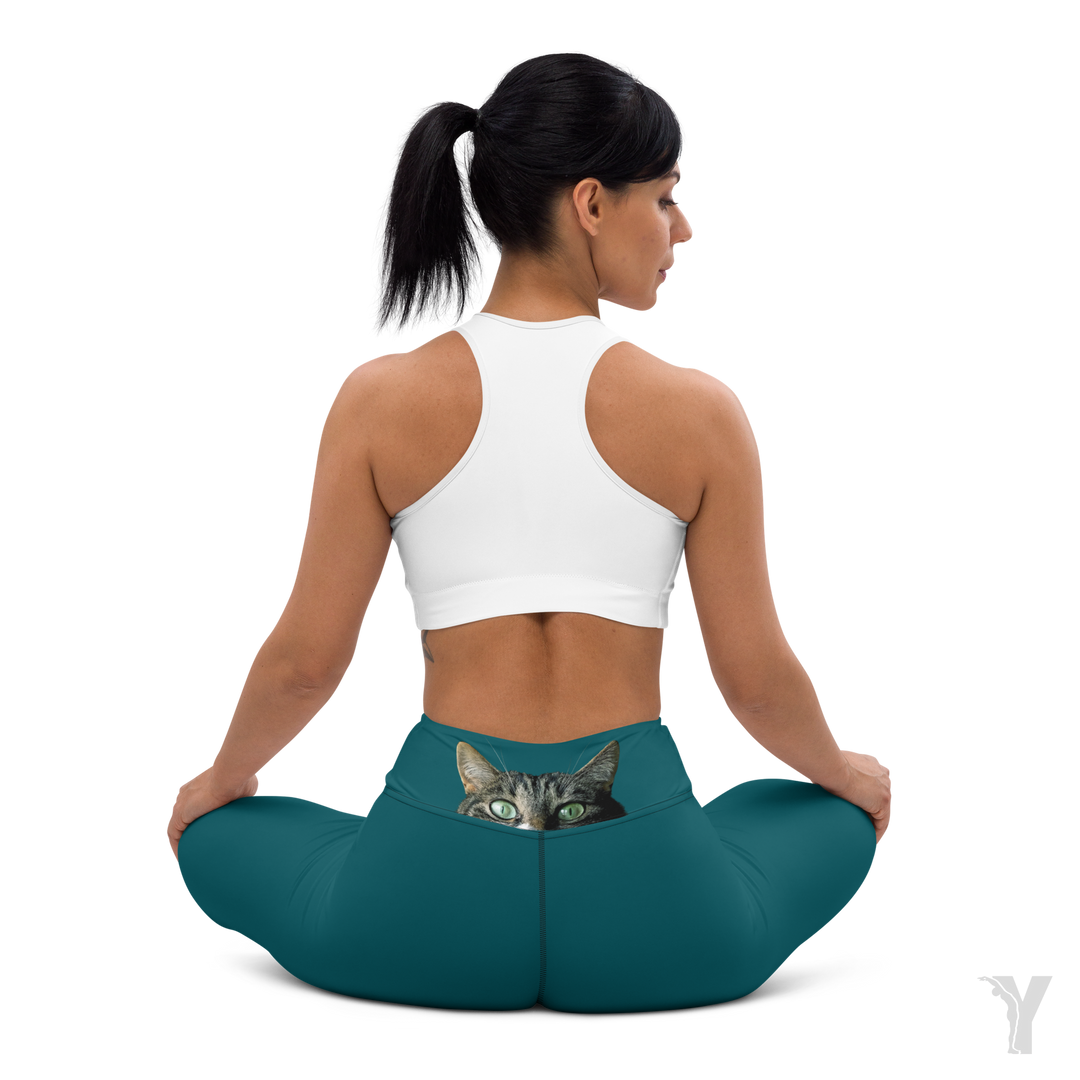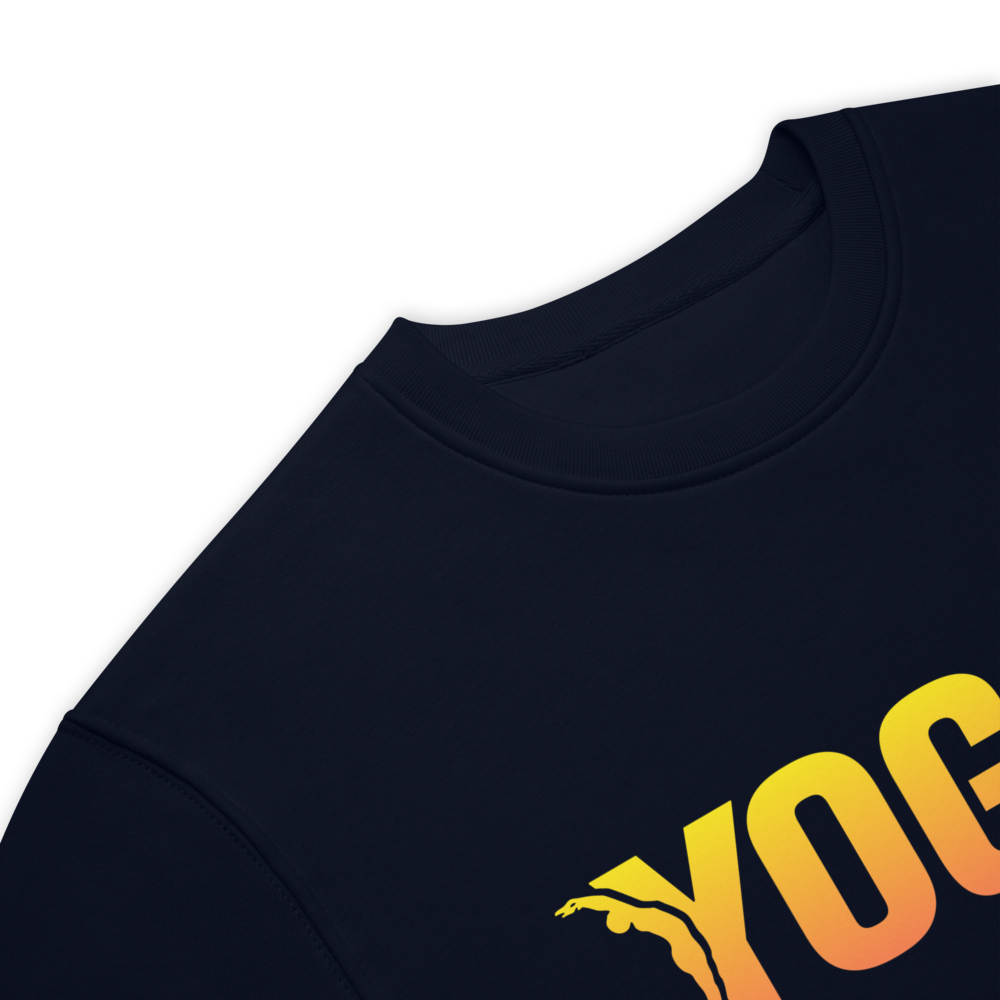Mountain pose (Tadasana), the base!

Mountain Pose (Tadasana): The Solid Foundation of Your Yoga Practice
Mountain pose, or Tadasana , is often considered the foundation for all other standing yoga poses. While this pose may seem simple on the surface, it has an unimaginable depth. It is through Tadasana that you will build stability, balance, and a deeper connection with your body and mind. In this article, discover how to master this foundational pose, understand its benefits, and integrate it into your daily practice.
I. Understanding Mountain Pose (Tadasana)
1. Origin and meaning
The word Tadasana comes from Sanskrit: "Tada" means mountain and "Asana" means posture. Like a mountain, this posture evokes strength, stability, and stillness. Although often underestimated, Tadasana is the foundation of many yoga postures, a true pillar for building a solid practice.
2. Starting position and key principles
Mountain Pose begins standing with your feet slightly apart or together, depending on your comfort. Imagine that your feet are deeply rooted in the ground, like the roots of a tree, giving you a solid foundation. The spine lengthens toward the sky, while your shoulders relax away from your ears. Every muscle in your body, from your thighs to your core, should be engaged without rigidity, in order to find the balance between firmness and relaxation. And don’t forget the breath, which plays a central role in this pose: it should be fluid and natural, allowing you to anchor yourself in the present moment.
II. How to practice mountain pose
1. Detailed steps of the posture
- Feet : Place your feet parallel and firmly anchored to the ground. Feel the balance between the front and back of your feet, as well as between the inside and outside.
- Legs : Engage the thighs by pulling the kneecaps upward. Feel the energy rising from the feet to the pelvis.
- Pelvis and trunk : Reestablish a neutral pelvic position, neither arched nor retroverted, by slightly engaging the abdominals. Lengthen your spine.
- Arms and Shoulders : Let your arms hang naturally at your sides, palms facing forward, while relaxing your shoulders.
- Head : Keep your head in line with your spine, with your chin slightly tucked in.
2. Common mistakes and tips for performing the posture correctly
It is common to see errors such as poor alignment of the feet, excessive arching of the back, or tension in the shoulders. To correct these errors, remember to observe yourself regularly in a mirror or ask the advice of a yoga teacher. Imagine a straight line that goes from the top of your head to the center of the Earth, this will help you find the perfect alignment. Take your time to adjust your posture and feel the balance between muscular engagement and relaxation.
III. The benefits of mountain pose
1. Physical benefits
Tadasana helps improve your overall posture by strengthening the spine and stabilizing muscles. This pose gently activates the legs, abs, and even the back muscles. With regular practice, you develop better balance, stability, and a strong grounding.
2. Mental and energetic benefits
Beyond the physical benefits, mountain pose invites you to calm your mind and refocus. By remaining still and focused on your breathing, you develop mindfulness and anchoring in the present. It is an ideal posture to take a break, recharge your batteries and reconnect with your vital energy, or prana .
IV. Variations and adaptations of Tadasana
1. Tadasana for beginners
For those who are just starting out, it is possible to adapt Tadasana by using props such as a wall to check alignment or yoga blocks under the feet to adjust the posture. These aids allow you to better understand the body's sensations and gain confidence.
2. Advanced variations
More advanced practitioners can explore variations of Tadasana, such as Urdhva Hastasana (Mountain Pose with Raised Arms), which adds an upward stretch while maintaining core stability. This variation further challenges balance and core engagement. For an even more intense workout, try closing your eyes in Tadasana to test your stability and strengthen your focus.
Conclusion
Mountain pose, while it may seem basic, is a key pose in yoga practice. It offers you the opportunity to connect with both your body and mind, grounding you in the present moment. Incorporating Tadasana into your daily routine can not only improve your posture and balance, but also bring you a sense of calm and inner stability. To support your practice, explore the yoga props available on our site, like non-slip yoga mats or blocks (coming soon), which can help you perfect this essential pose. Namasté.


















